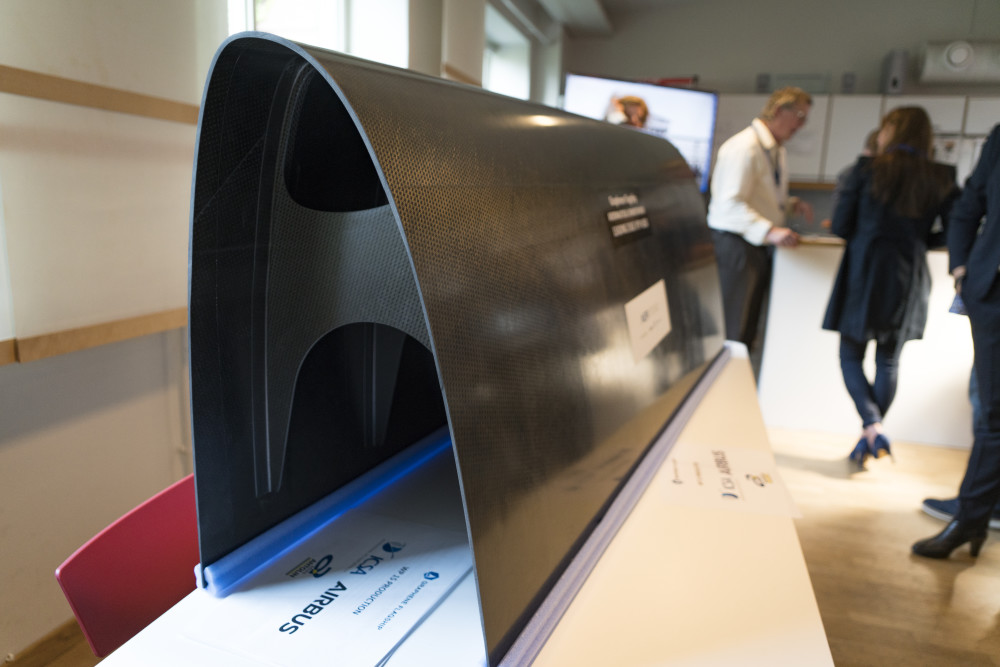
An EU consortium have produced an aeroplane part made of graphene reinforced composite.
The project, entitled Graphene Flagship, is run by aerostructures company Aernnova, interiors developer Grupo Antolin-Ingenieria and Airbus. The partners produced a leading edge for an Airbus A350 horizontal tail plane. Because this is the part of the airplane wing or tail plane that first contacts the air, it must possess improved mechanical and thermal properties, the companies say. Graphene can help increase the mechanical properties of the leading edge, making it thinner and decreasing its weight. This can improve fuel saving and emissions reduction over an aircraft’s lifetime.
‘Aernnova supplied the resin to Grupo Antolin-Ingenieria who added graphene directly to the resin and applying milling forces,’ said Ana Reguero, project manager at Aernnova. ‘This creates small graphene particles, an important step to get good graphene infiltration within the resin, avoiding unwanted impurities, such as solvents, which can alter the viscosity of the resin. It is important to maintain the correct viscosity of the resin to ensure the optimal outcome during the resin transfer moulding of the leading edge.’
‘This work demonstrates the huge potential of graphene to improve the resin matrices employed in the aerospace sector,’ said Costas Galiotis, composites work package leader at Greek research center Forth.
This story is reprinted from material from Graphene Flagship, with editorial changes made by Materials Today. The views expressed in this article do not necessarily represent those of Elsevier.





